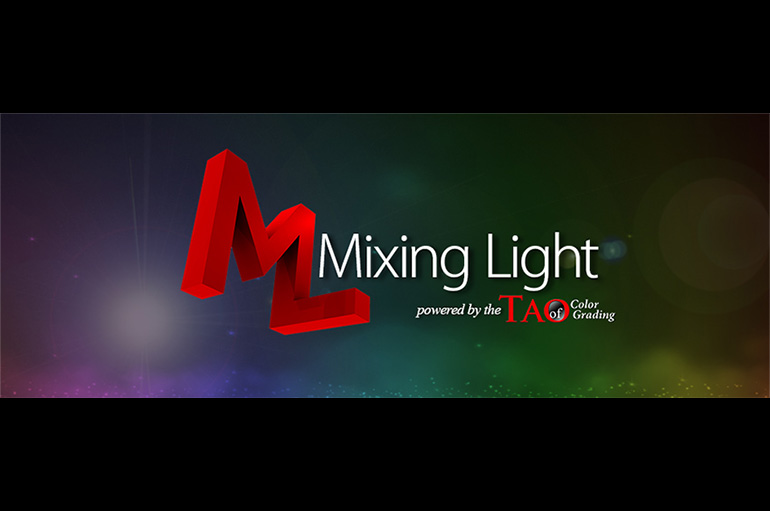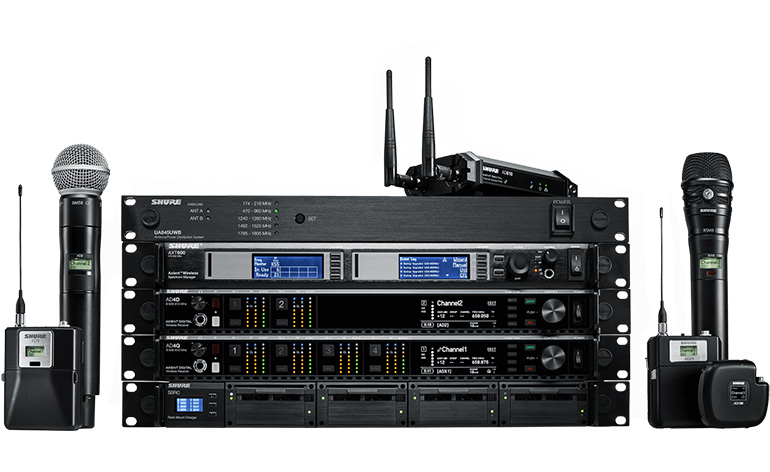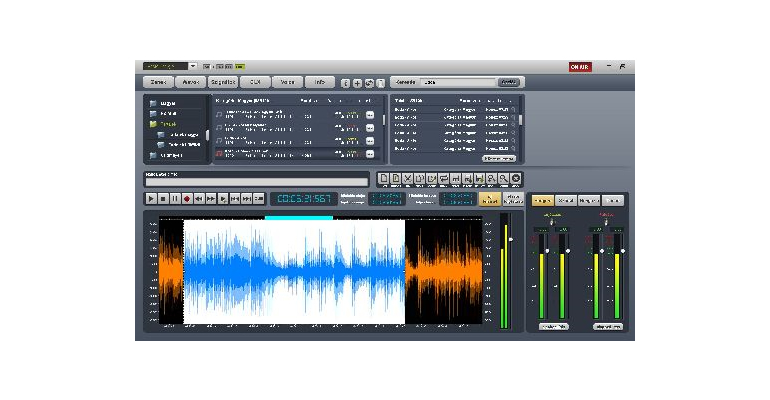Written by Al Caudullo

Being a professional colorist is a unique blend of art and science. And when you take it to the highest level of working within the realm of the , you really need proper training.
By definition, ACES, published by the Academy of Motion Picture Arts and Sciences (AMPAS), is a global standard for motion picture and television production encompassing imaging, interchange and archiving designed for visual consistency throughout production, VFX, post, and archiving workflows – so that everyone sees the same image, no matter where they are located.
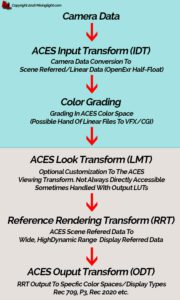
MixingLight.com offers online resources to learn the art, craft and business of modern video color correction and grading. MixingLight is the combined creative talent of Patrick Inhofer in New York, Robbie Carmen in Washington DC and Dan Moran in London. Patrick speciality is indie features, broadcast and documentaries. Robbie works in broadcast, docs and political programming, while Dan is the music video and short form. These three very diverse artists bring their talents together after years of training other through books, seminars, videos, trade shows and one-on-one instruction.
Now the trio has published a free three-part tutorial on the Academy Color Encoding Specification (ACES) designed so that colorists can understand the specification and how it will impact their workflow.
Speaking with Patrick Inhofer, “While not a new standard, ACES has been gaining in adoption and use on features and higher-end television productions, AMPAS has been pushing the message of ACES and the advantages of a sophisticated color management system at events all over the world since the launch of ACES 1.0 last year. However, it is now finding its way into other productions, such as documentaries, which would normally be graded using Rec. 709 color space, which makes manually matching shots and tweaking any VFX/CGI sometimes difficult. We thought that the time was right to provide this free tutorial to colorists whom might find themselves having to deal with ACES on upcoming projects.”
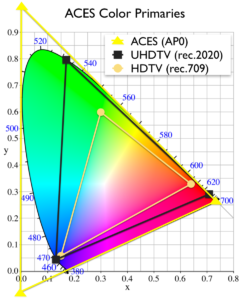
ACES is well on it’s way to becoming the industry standard for managing color throughout the lifecycle of a motion picture or television production, it has also proven itself invaluable in solving the problems that arise from using a variety of digital cameras and formats within a single production, as well as worldwide collaboration using digital files.
Robbie Carmen went on to add, “One of the main benefits of an ACES workflow for colorists is that it takes captured referred data that is specific to the design of each camera system’s signal and reverse engineers that back into the pure linear unadulterated light information that was in the actual scene in front of the camera, theoretically, without any camera bias. That’s why ACES is often discussed as being scene referred or with the more technical phrase scene linear. Technically ACES seems intimidating, but once you get to know it, you realize its power. Our three-part tutorial on the essentials of ACES is geared toward the DaVinci Resolve colorist looking to quickly get up to speed with its terminology, setup, and workflow. I think our series does a good job translating the technical aspects of ACES to a language a wider audience of colorists, editors, directors, and DPs can understand.”
Dan Moran’s take on the importance of ACES training advises, “With an ACES workflow, you’ll never run into the limitations of a smaller color space — whatever future color spaces for presentation and distribution are developed, new transforms can be written using what’s called the Color Transform Language (CTL) to parse the ACES data into whatever space is appropriate. “When it comes to precision, ACES uses Open EXR 16-bit half-float processing, which results in 33+ stops of scene referred exposure!”
If you think that this three-part free primer on ACES might help you with your color knowledge then check it out at, https://mixinglight.com/portfolio/getting-know-aces/. There will be links there for the other two parts of the series.
Additional information on ACES can be found at www.oscars.org/science-technology/sci-tech-projects/aces and acescentral.com.

